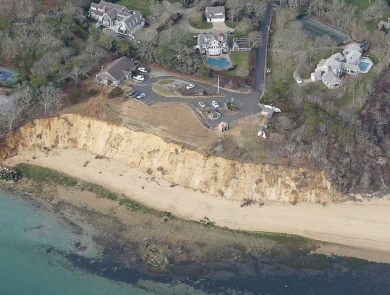Facility
Location
101 12th Ave., Room 236
Fairbanks, AK 99701
United States
Volunteer Position Overview
About This Position
Immerse yourself in a wildly beautiful part of Alaska and meet people from all over the world who seek adventure along the Dalton Highway! Work with Bureau of Land Management, U.S. Fish and Wildlife Service, and National Park Service staff to interpret Alaska’s Arctic at the Arctic Interagency Visitor Center. Solo & coupled volunteers are welcome. A free campsite is provided for those who can commit at least 3 weeks.
Volunteer Duties and Description:
- Welcome and orient visitors to the area.
- Assist visitors in trip planning.
- Keep visitor center stocked with maps, brochures and information on current conditions.
- Assist staff with care and upkeep of visitor center.
- Ideally, assist with interpretive and educational programming.
- Training and uniform components are provided.
- Work is primarily indoors with intermittent standing.
- Volunteers who contribute 250 hours of service are eligible for a free America the Beautiful Pass!
Additional info: The Dalton Highway is a rough, industrial road that begins 84 miles north of Fairbanks and ends 414 miles further north at Deadhorse, an industrial camp at Prudhoe Bay. It provides a rare opportunity to traverse a remote, largely unpopulated part of Alaska. Each year, thousands of visitors travel up the road to experience unique highlights such as the Yukon River, Arctic Circle geographic marker, Brooks Range and continental divide, and sweeping North Slope.
Coldfoot, Alaska is 60 miles north of the Arctic Circle in the Brooks Range Mountains. The area is rural and remote with few modern amenities found in cities but there are ample mountains to climb, and forests, tundra, and rivers to enjoy. Nearby opportunities for hiking, rafting and berry picking are plentiful--as are the mosquitoes! Summer weather is typical of Arctic mountainous areas - it can be cool and rainy, or warm and sunny. Snow and temperatures below freezing can and do occur during summer, but there are also days that feel quite hot. Occasionally, wildfire smoke creates unhealthy air quality levels.
Facilities and services are extremely limited for the hundreds of miles north and south of Coldfoot. Gas and cell service are available only in Coldfoot. The nearest grocery store and medical facilities are 250 miles away in Fairbanks. Schedules allow periodic trips back to Fairbanks for services and resupply.
Housing is not offered, but a free campsite is provided for the volunteer or volunteer couple who can bring their own travel trailer/RV/camper van. The beautiful Marion Creek Campground is located 5 miles north of the Visitor Center and is one of just four BLM campgrounds in the highway corridor. It has 27 sites, potable water, vault toilets, and bear-resistant trash cans and food storage lockers. An established trail to Marion Creek Falls departs from the campground. Volunteers have access to laundry, private shower facilities, and wi-fi in the visitor center. Cell coverage is spotty at the campground. There are no electric hook-ups or RV dump stations, but solar power is usually abundant with near 24-hour summer sun. A dump station is available for a fee at Coldfoot Camp.
Large mammals live in the area, including black bears, grizzly bears, moose and wolves. Volunteers are expected to keep a clean campsite and worksite to avoid attracting bears. Bear spray will be provided, and volunteers will be required to carry it while working outdoors. Coldfoot's population soars to around 40 people in summer. It is light all night, but by mid-August, viewing the aurora becomes possible when the sky is clear and darkness returns. Alaska’s Arctic is remote, rugged, and environmental conditions can be extreme. It’s also disarmingly beautiful, globally unique, and vast beyond measure. Applicants should be prepared to embrace both the beauty and reality of life the Arctic.
Recreational and Social Opportunities include:
- Hiking, rafting, gold panning, berry picking, and birdwatching.
- Spectacular aurora displays in late August and early September.
- Excursions to the Arctic Ocean, Continental Divide, and some of the least visited National Parks & National Wildlife Refuges.
- Community celebrations of summer solstice, 4th of July, and an end-of-season BBQ roast.
- "Family dinner"-style coworker meals.
- Meeting interesting travelers and scientific researchers from all over the world.
If unable to fulfill the full requested time period we kindly request a 3-week minimum stay of at least 20 hours per week. Applicants who are interested in volunteering for the entire 2025 season (approx. Memorial Day-Labor Day) are especially appreciated.
To learn more about the position, please contact Hanna McBrearty at 612-716-0409 or hanna_mcbrearty@fws.gov
Duties/Activities
Stories About Volunteering
Other Ways to Work with Us
Are you looking for something different than a volunteer opportunity? The Fish and Wildlife Service employs around 9,000 people nationwide and offers great internship opportunities every year.






